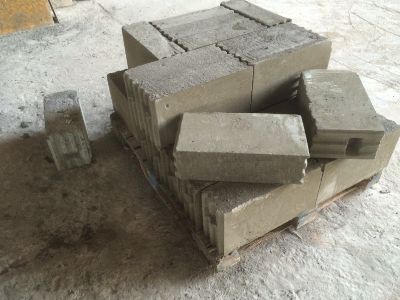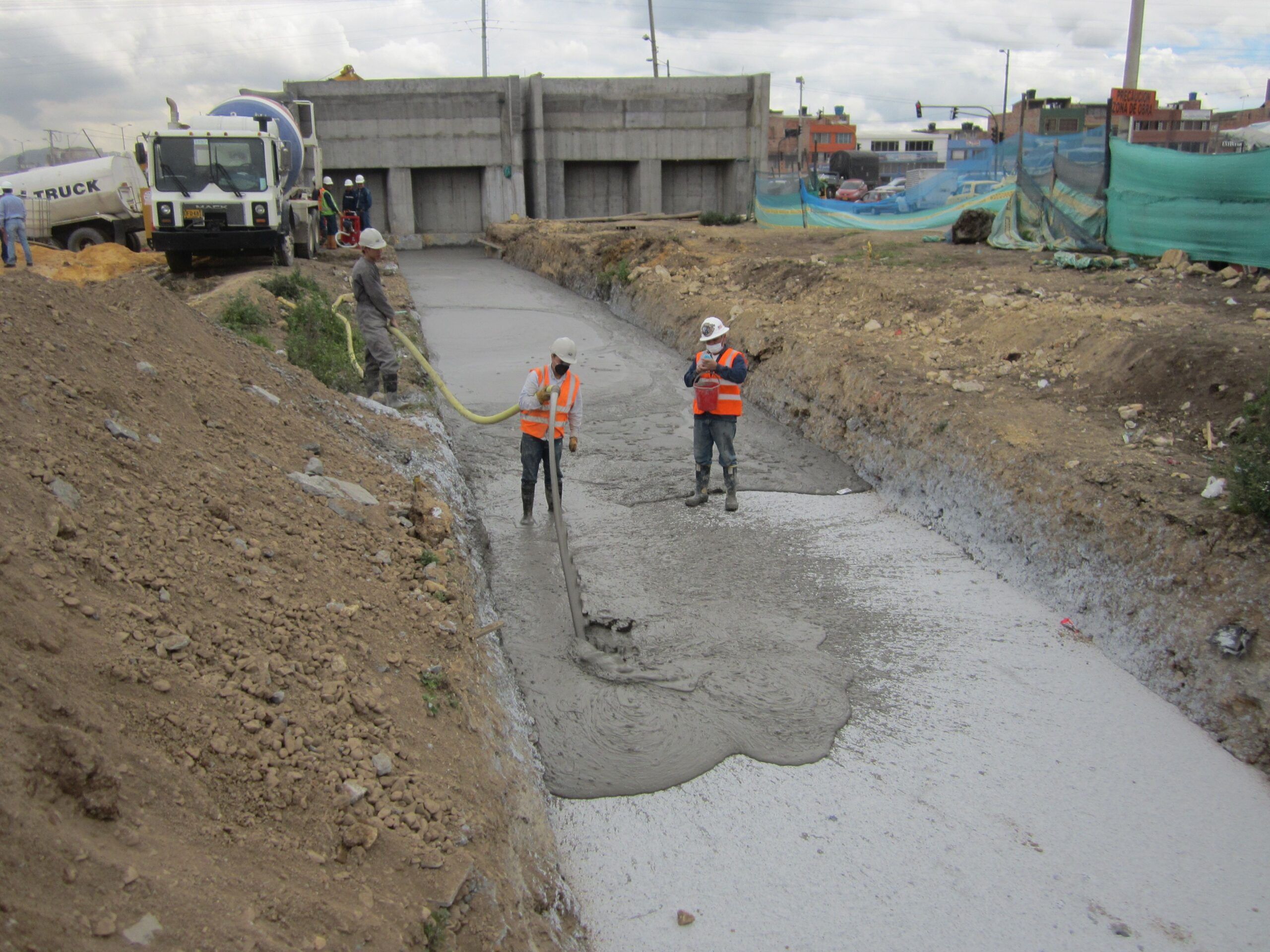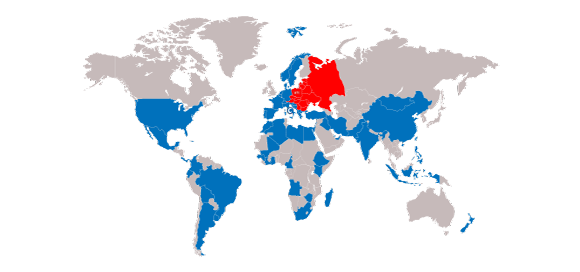What is Polytech® Module System?
Polytech® Module System is a system of prefabricated wall panels designed for the construction of
internal and external walls in buildings at lightning speed. Polytech® Module System is a response to the expectations of the market for low-energy buildings. The Polytech® MS panels used for external walls are made as permanently fixed two-layer walls. Each such panel consists of a 30-cm thick structural part (or layer) of the Polytech specially modified lightweight thermal insulating mortar material and an additional thermal insulation layer of 17 cm in thickness. There are no air gaps between the two layers!
Why choose prefabricated wall panels?
The Polytech® Module System offers many benefits. These include, in particular, very good thermal
insulation properties. Polytech®MS prefarbicated panels are safe, durable and adequately resistant to mechanical loads. The benefits of the Polytech® Module System can be enjoyed in the production process as well as during the construction of the building and, later, when it is in use.
In the production process and during transport operations
- The polystyrene foam waste can be reused.
- The relative low specific weight of the prefabricated panels means that lifting equipment with a lower load capacity can be used to save money. The costs of transporting the panels can also be reduced.
- Energy consumption in the production of Polytech® Module System panels is low.
- The dimensional repeatability of the standard panels means that they can be easily modified to suit the particular requirements of your project and to construct a wall of any length ranging from 0.30 m to 3.60 m (with stepless length adjustment) and of up to 3.0 m in height! The standard length of a Polytech® prefabricated panel is 2.40 m.
- Polytech® MS system includes ready-to-use corner elements for quick and precise installation. These elements are available in a standard size of 90 cm x 90 cm, but they can be produced in non-standard sizes as well.
- The Polytech® MS production technology means that when a wall with a door or window opening is needed, the wall will be made complete with a lintel in the opening.
- The overall construction costs can be reduced in a number ways, such as:
- lower costs of transporting building materials to the site,
- quick assembly/installation,
- a small number of workers (2/3) needed.
During the construction process
- Reduce the amount of construction waste.
- nstall all the walls on a single storey of your building in a very short time (even one working day is enough if the storey area is not larger than about 200 square metres).
- Install the walls of your building in virtually any weather conditions, as weather affects the construction process insignificantly.
- Reduce the number of skilled workers needed at the site.
- Help save the natural world, as the Polytech® Module System wall panels has no negative impact on the environment.
- Enjoy the ease of finishing work on the panels.
What are the benefits for building users?
- The prefabricated walls offer excellent thermal insulation properties.
- The structural layer of the wall is permanently joined with the thermal insulation layer without the use of mechanical connectors. This has eliminated thermal bridges, which occur when thermal insulation materials are fixed using rawlplugs.
- The heat transfer coefficient for an external wall with no openings does not exceed 0.15 (U ≤ 0,15 [ W/K∙m2]).
- The Polytech mortar is a non-flammable, A-2 class material (according to EU 2000/147/EC).
- Energy management (cooling and heating) is also made easier, which means considerable savings on energy bills.
Production lines
Polytech Module System prefabricated panels are produced on machines supplied by my COISOIMPER. The necessary materials include water, cement, additives and polystyrene granules (these can be recycled material) and moulds. A Kompatto mixer is used to mix the raw materials: polystyrene granules and additives (including the Tech additive). The mixture is then poured into moulds, depending on the requested size of the wall. The panels are left to season and to achieve their initial strength. The moulds are removed and the panels are transported to a storage area by means of overhead cranes, forklift trucks or other lifting equipment.
The production line must be well designed so that the necessary tools and equipment are used
for the intended production volume.
If you are interested in becoming a manufacturer of Polytech Module System prefabricated panels, regardless of the intended production volume, contact us! We will provide you with a set of guidelines for your factory and implementation support.
This is what you need to launch production:
- a central production unit (machinery),
- a storage space for raw materials (such as silos),
- a storage space for finished products,
- material-handling equipment, such as conveyor belts,
- lifting equipment/cranes,
- moulds.














